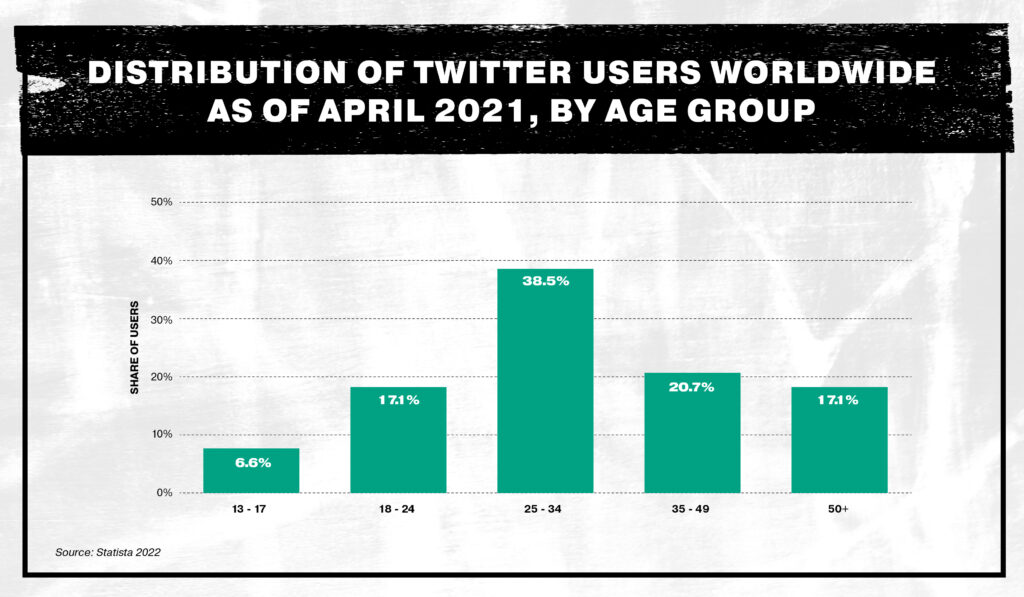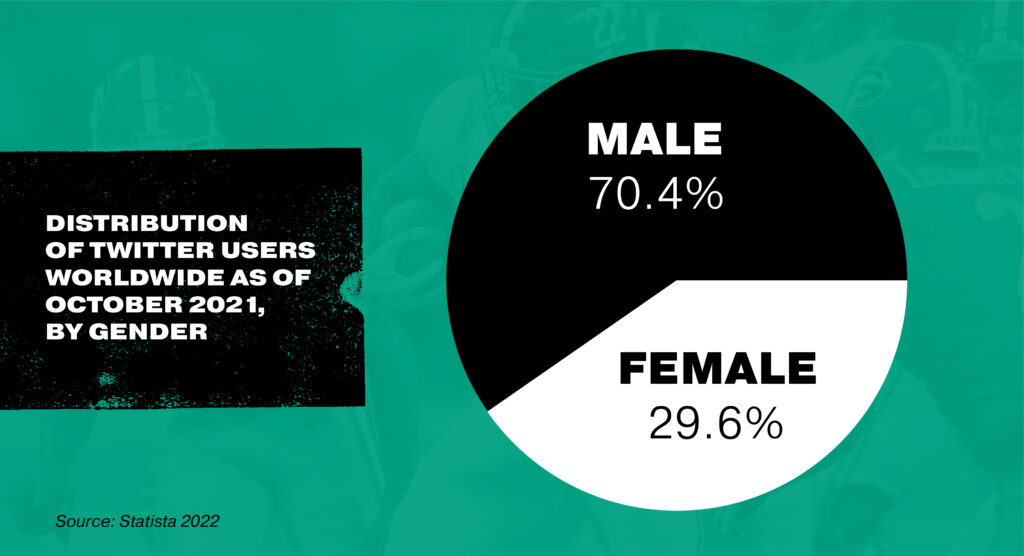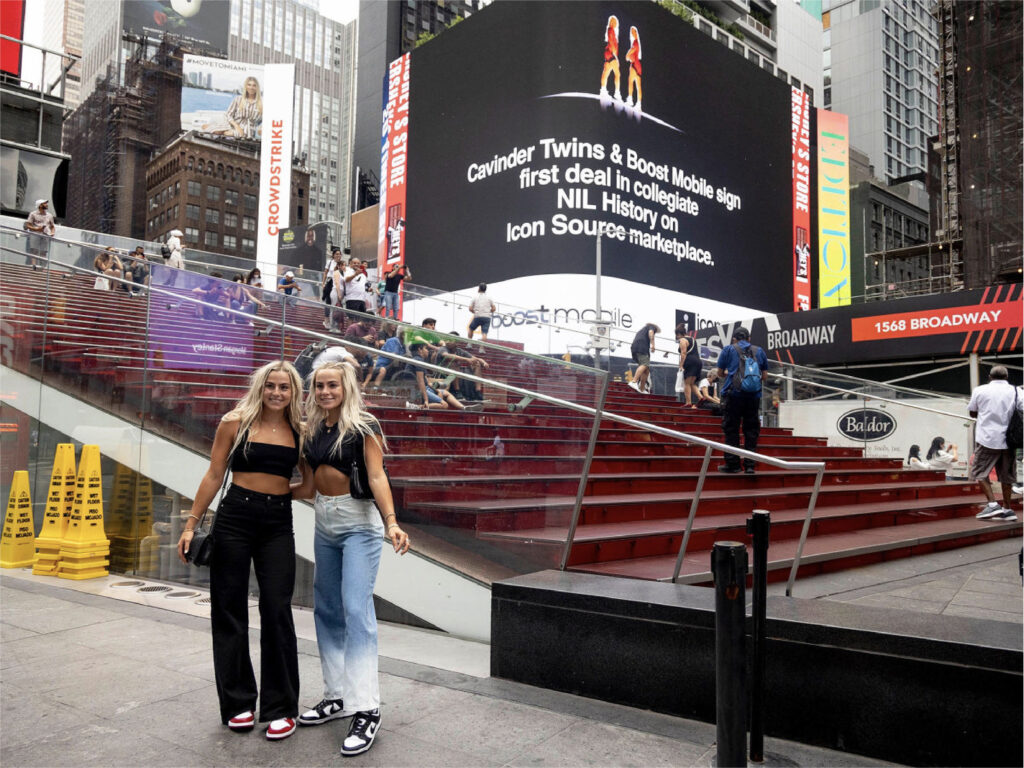“If the Cleveland Cavaliers win the 2018 NBA finals I’ll buy everyone who retweets this a jersey…”
Demarious Randall, a football player for the Cleveland Browns, posted this on his Twitter ahead of the 2018 NBA Finals. Roughly a million retweets (and four back-to-back losses) later, he was off the hook, as Steph Curry and the Golden State Warriers swept LeBron James and the Cavs in the would-be seven game series. Still, it’s pretty crazy that his post was able to procure such an immense volume of engagement in such a short period of time.

Such is typical of Twitter, a social media platform created in 2006 that has since been a social networking juggernaut known for its continuously updated and scan-friendly interface. Because the platform has always been free, many people (and brands) began to ask in its earlier days, “How do you monetize Twitter?” Since then, businesses have flocked (no pun intended) to the app, utilizing it to add some personality to their brand. And while a brand’s organic content is important, Twitter’s true marketing value is still being explored to this day. We’re talking about influencer marketing—more specifically, athlete influencer marketing on Twitter.
Along with Facebook, Twitter was among the first social platforms to really emphasize conversation “threads” and shareability on their app.
Below are the basic functions that allow users to interact with a post (A.K.A. a tweet).
These core functions are the bread and butter of Twitter. Depending on a user’s amount of followers, they may be able to rack up a larger number of these interactions. From a marketing perspective, brands can leverage popular accounts and trending topics in an attempt to get likes and retweets and put their brand in front of a wider audience.
The user demographics on Twitter are a huge draw for many businesses, and you should be aware of them if you’re focused on reaching certain audiences. Specifically, millennials account for a significant chunk of Twitter demographics, with 38.5% of Twitter’s audience being 25 to 34 years old.

Worldwide, 217 million people actively log in to Twitter, with the U.S., Japan, and India currently leading the way. Of these users, 70.4% are male, while 29.6% in turn are female.

Depending on who your intended audience is, Twitter can be a great way to get your brand in front of the right eyes. For the purpose of sports marketing brands and brands who want to be aligned with athletes, the Twitter demographics certainly lend themselves to these audiences.
Twitter influencer marketing has become a key consideration for brands across the board. In a 2018 study, Twitter found that the real-time immediacy of the platform makes it a key tool for following influencers, with 61% of users reportedly following at least one influencer. This rate is higher for Twitter than any other platform. This translates over to sports as well, with 74% of adults in the U.S. considering themselves sports fans—with a large portion of them keeping up with sports on social media. Twitter provides a place for people to not only watch highlights from their favorite team, but also catch up with their favorite athletes.
If you’re thinking of adding athlete influencer marketing on Twitter to your marketing strategy, here are the steps you need to take to ensure your efforts are effective.
Before reaching out to any athlete influencers, first consider your brand. Many industries work better with a certain type of influencer. Health and wellness brands are very well-suited to athlete influencers, fashion and beauty brands often tap on actors and actresses, etc. Be conscious of how your messaging may come across in the context of who will be advocating for your brand.
One of the more difficult parts of athlete influencer marketing on Twitter is finding the right people for the job. 73% of brands say that finding the right influencers is the hardest part of influencer marketing. This stage requires some due diligence. Look into an athlete’s off-field past and previous posts to determine if they’ll be a good reflection of your mission and values.
When building your Twitter athlete influencer marketing strategy, look past the A-list. Large followings are enticing, but they can also lead to lower engagement rates. It’s also worth noting that 72% of marketers say that relevancy is more important than reach. Remember this when choosing the athletes you want to work with. As long as you’re able to reach your target audience in a meaningful way, you’ve hit the jackpot.
While athletes may not be professional content creators (though that may be changing with NIL), they still resonate with their followers for a reason. If they want it, it’s great to give them some creative freedom with the posts they make promoting your brand. This will come off as more genuine and less salesy, which resonates more with their followers.
The only way to know if your athlete influencer marketing on Twitter is working is by tracking its success. There are a number of marketing analytics tools that can help you track engagement, follows, and clicks over time. Check out this list of some of the top options, both free and paid.
Now that you know the basics of athlete influencer marketing on Twitter, it’s time to take flight. Twitter is a great way to reach untapped audiences, and influencer athletes may be the messenger you never knew you needed.

The development of a broader NIL marketplace only makes it more reasonable to include Twitter influencer marketing in your strategy, with college athletes garnering a larger following of the younger demographics that are so sought after by brands. Not to mention, college athletes are more relatable to average people than say, LeBron James or Serena Williams.
Discover how to utilize Twitter for athlete influencer marketing today and see what leaps your brand can make.